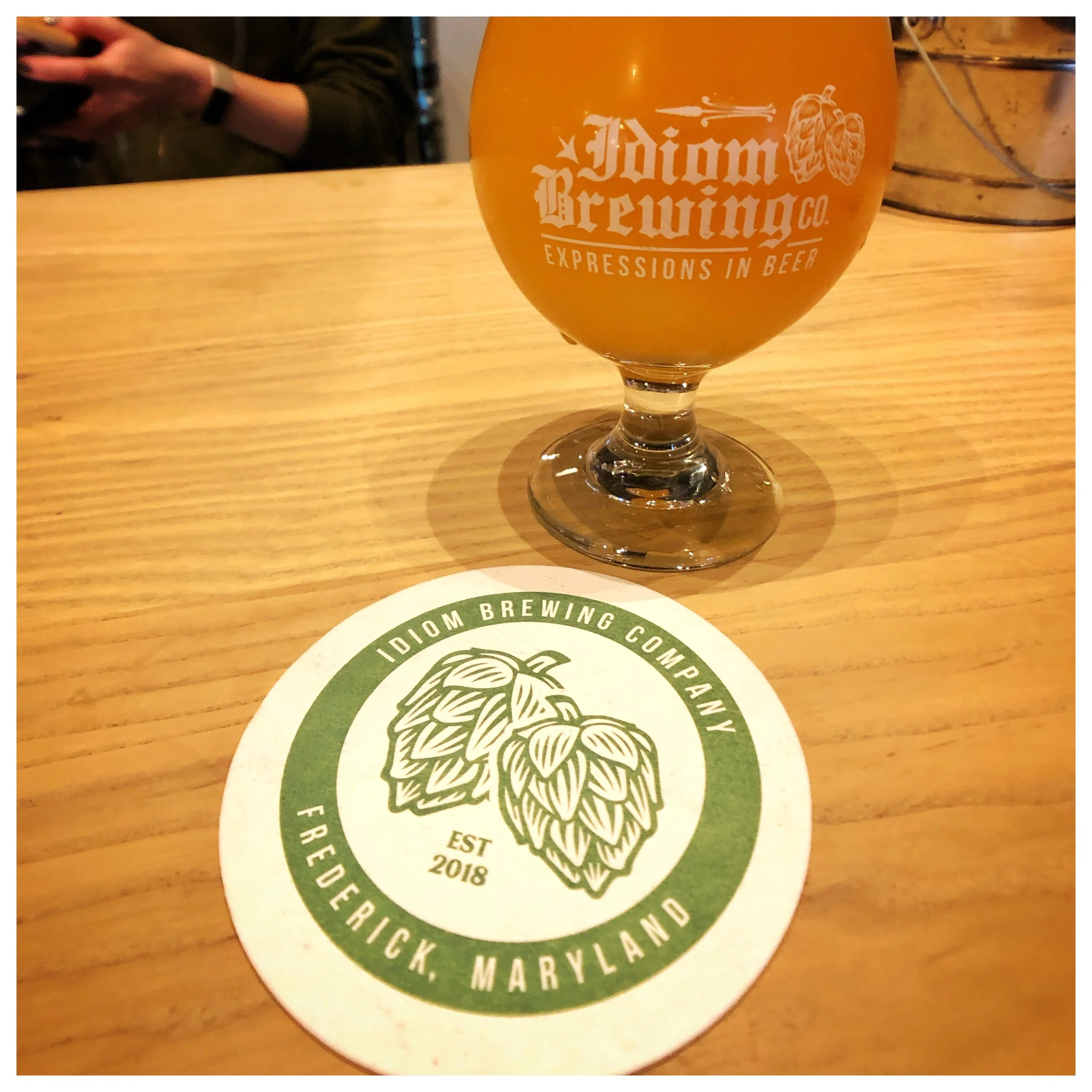Beer Style of the Month
To best understand the beers you enjoy and also those next beer decisions to what you are likely to enjoy a helpful bit of knowledge is a better understanding of the recognized beer styles.
There are two primary bodies, The Brewers Association and The Beer Judge Certification Program that have devised systems for describing and categorizing beer from around the world and indeed history. And then online beer nerve centers like Beer Advocate have developed a tangential system for beer styles based largely, but not entirely on these other two systems. So, depending on what your reading, a beer can be classified as more than one beer style. When describing beer style for the purpose of this writing, we will be using the Beer Judge Certification Program styles, which are also the official styles of the Cicerone Certification Program.
The Style
Why is an oatmeal stout a good beer for January? For several reasons, one it is a beer that is just better when allowed to warm up a bit. Many people don't prefer a very cold beer in the winter months. Some sources state the best serving temperature is 45-50 degrees F. Test this for yourself, the flavors will change as the beer warms up. Another good reason is that heavy and smooth mouthfeel (texture) and the roasty notes of this beer just suites a winter setting.
Comments from the BJCP guide: Generally between sweet and dry stouts in sweetness. Variations exist, from fairly sweet to quite dry. The level of bitterness also varies, as does the oatmeal impression. Light use of oatmeal may give a certain silkiness of body and richness of flavor, while heavy use of oatmeal can be fairly intense in flavor with an almost oily mouthfeel. When judging, allow for differences in interpretation.
History: An English seasonal variant of sweet stout that is usually less sweet than the original, and relies on oatmeal for body and complexity rather than lactose for body and sweetness.
Ingredients: Pale, caramel and dark roasted malts and grains. Oatmeal (5-10%+) used to enhance fullness of body and complexity of flavor. Hops primarily for bittering. Ale yeast. Water source should have some carbonate hardness.





